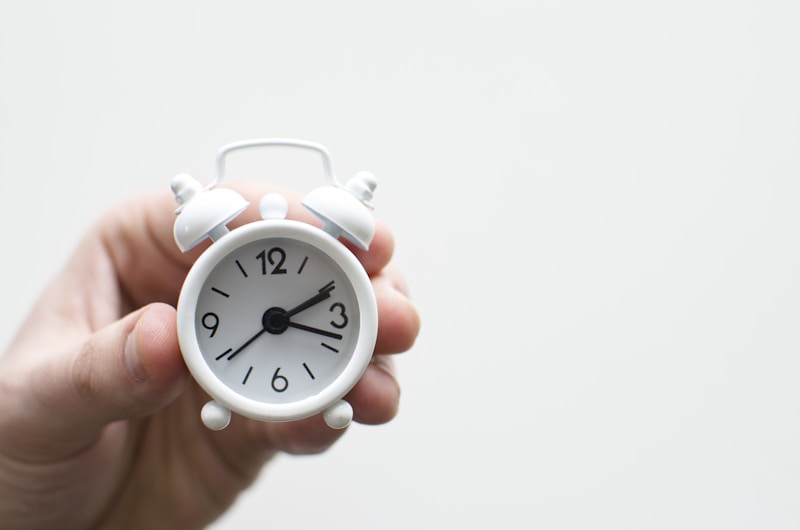The positive effects of pranayama are definite and not illusory. It gives relief from anxiety, stress-related diseases and everyday ailments. There are no short cuts – the only way to reap the benefits is through patient and regular practice.
Pranayama is something that many yogis struggle to fit into their home practice. I’m one of them. Then recently I had to write an assignment on pranayama for my yoga teacher training course. It became clear to me that this was something that I had to make space for. Needing a dose of inspiration, I decided to tackle my antipathy head-on and booked a two hour pranayama workshop run by Uday Bhosale, visiting from the Iyengar Yoga Institute in Pune.
Seeking Inspiration
The session started unexpectedly with an hour-long lecture. He had a light, cheerful manner, while at the same time stressing the gravitas of the subject. He reminded us of the context that pranayama should be practised in: the eight limbs of yoga. “They aren’t steps”, he said, “that once we ‘achieve’ them, we leave them behind us. They are rather like petals unfurling gradually, until the whole flower is fully open.”
He tested us on the five yamas, which people nervously volunteered: ahimsa (non-violence), satya (truth), asteya (non-stealing), brahmacharya (self-control) and aparigraha (non-hoarding). It’s one thing to know this list, he said, but another to practice these as part of your daily life. For example, non-violence doesn’t just mean don’t go around hitting people, it is an inner instruction — the aim is not to even to think violent thoughts. This is achieved through the practice.
He talked about siddhis, which are special powers, or paranormal accomplishments that Patanjali says are acquired by great yogis. He explained that even being able to get your hands flat on the floor was a kind of siddhi, or super-power to some people. Once they achieve this apparently unobtainable goal they can become proud and start to show off. It’s important to remember that there is always further to go. Later on, when doing a few asanas to stretch out our bodies he reminded us:
“In this pose don’t think, ‘look how wonderful I am, I can get my head on the floor’, or alternatively, ‘I am failing in this pose, look how far away from the floor my head is.’”
This was wonderfully funny and a great sense of relief overwhelmed me. I’ve thought both those thoughts at different times, and it was important to remember that neither thought was what mattered about the pose.
The Pranayama Practice
After a reminder of the cultural and spiritual significance we then commenced our pranayama practice. We sat cross-legged on a bolster and two blocks, in order to get plenty of height for our lower backs to lift. He then instructed us to bend our chins towards our chest in jalandhara bandha, with the chin resting in the notch between the collar bones, lifting the chest to meet the chin.
In this position we commenced with normal breaths and moved on to extended exhalation, Conqueror Pranayama, or Ujjayi II. I thought my neck would start to feel stiff and uncomfortable, but it didn’t, and when I lifted my head at the end, I suddenly felt about ten centimetres taller.
We then moved onto supine pranayama in baddha konasana. This time the practice seemed to go deeper. I felt soothed when we had completed the cycles of breath. Finally we stretched the legs out in Savasana and did another round of pranayama in this position. I have to admit that I did begin to nod off at this point. It happens nearly every time I practice pranayama, and I’m not sure what to do about it, except possibly get more sleep.
Despite the snooze in the last session, I came out of the workshop feeling as if I was walking on air, and just a little spacey, as if my mental landscape had been wiped clean for a bit. It reconfirmed my realisation that unless I tried to fit a pranayama practice into my home practice routine, I was going to miss out on real mental and physical benefits.
Quick Pranayama Practice
If you’re like me and you find it hard to make time for a pranayama practice, try this sequence inspired by the pranayama workshop. I’ve specified sitting on a chair, as this means that you can try this practice anywhere. However, if you have time and space, you can lie down with the chest raised and a support under the head.
- Sit on a chair with the feet flat on the floor underneath the knees and the hands resting on the knees, palms facing upwards. Close the eyes. Lift the chest and then bow the head towards the chest, bringing the chin as close as you can to the chest without straining the neck or throat. Maintain the lift in the chest.
- Start by bringing the attention to the breath, and breath normally for about a minute.
- Then, exhale quietly, completely emptying the lungs, but without straining the abdominal muscles. Inhale normally, through the nose. Breath normally for two or three breaths and then again, exhale slowly and deeply until all the air is expelled, then allow the lungs to draw in air through the nose.
- Continue with the above for 3 – 5 minutes. Then gently raise the head and open the eyes gradually. Sit quietly and still for about a minute, breathing normally before resuming any activity.
Want more? Check out 5 Step-By-Step Breathing Exercises For Beginners or The Ins and Outs of Alternate Nostril Breathing.












